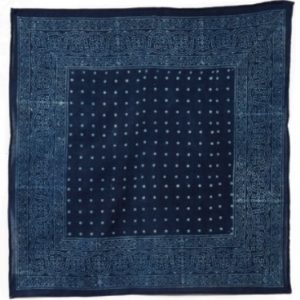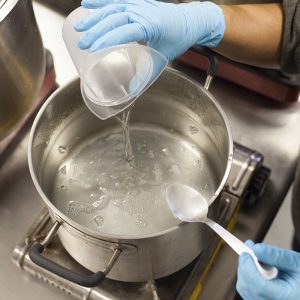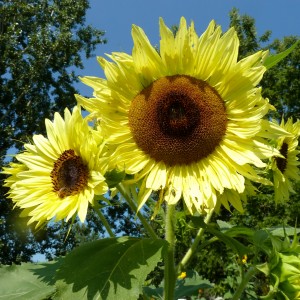FEEDBACK FRIDAY: This Week in Natural Dye Questions
Each week, we are emailed with questions from our natural dye community asking simple and complex questions that we thought might be worth sharing. Here are a handful from this week answered by natural dyer in chief, Kathy Hattori, Founder of Botanical Colors. A note from Kathy: I hope you all had a peaceful Thanksgiving holiday with cherished friends and loved ones. I’ve just returned from a 3 week total immersion in India, attending Indigo Sutra in Kolkata and touring textile and weaving centers in West Bengal and central India. My head is still spinning from the beautiful textiles and … Read more







